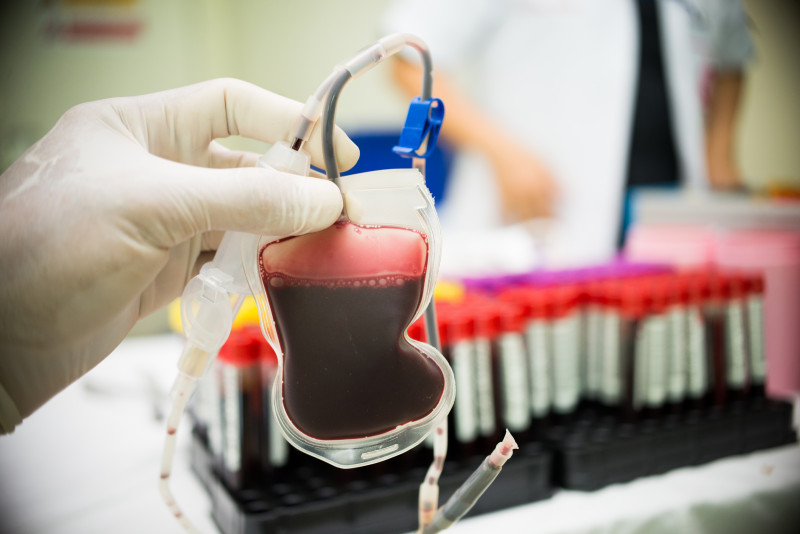Case Report: Avoiding Unneeded Transfusions Key in Patient Care

PPK_studio/Shutterstock
Accurately diagnosing cold agglutinin disease (CAD) and managing anemia without unnecessary blood transfusions are key patient care aspects of the disorder that should be considered by physicians, a recent case study highlighted.
Not giving unneeded blood can help health care providers “avert … secondary injury caused by adverse reactions to blood transfusion,” the researchers wrote.
“Blood transfusion is only suitable for patients with a hemolytic crisis” — when large numbers of red blood cells are destroyed over a short time — “or severe anemia that may endanger life in a short time,” the team wrote.
The study, “Resolution of serologic problems due to cold agglutinin mediated autoimmune hemolytic anemia and its transfusion decision,” was published in the Journal of Clinical Laboratory Analysis.
CAD is a rare autoimmune disease in which self-reactive antibodies bind and destroy red blood cells at low temperatures, resulting in anemia.
Yet, the rarity of the disorder often complicates its diagnosis. Here, researchers in China described the cases of two patients who were finally diagnosed with CAD through blood group discrepancies discovered during blood transfusions. The investigators warn against unneeded transfusions.
The first patient was a 73-year-old man who had undergone laparoscopic surgery for rectal cancer six months prior. He was admitted to the emergency department after four rounds of chemotherapy, which failed to have an obvious effect on his cancer, resulted in the appearance of dark red blood in his colostomy bag.
The man’s red blood cell count was low and physicians determined that he had bone marrow suppression — a condition in which the marrow is not able to produce enough blood cells.
Although his bleeding eased after treatment, his hemoglobin levels continued to fall, prompting physicians to perform a blood transfusion. Of note, hemoglobin is a key protein that transports oxygen throughout the bloodstream.
The second patient, a 56-year-old woman, sought treatment after her skin and sclera — the white outer layer of the eye — turned somewhat yellow 10 days previously. The woman also reported feeling feeble.
Due to her low red blood cell count upon examination, the emergency department requested two units of packed red blood cells for the patient. However, mismatches appeared in blood group testing, which is sometimes known to occur in CAD cases. The discrepancies prompted her physicians to perform a Coombs test, one of the standard diagnostic tests for CAD.
Blood tests also revealed that this patient had high levels of bilirubin and lactate dehydrogenase, both signs of CAD.
Doctors suspected CAD in both cases, in fact, and performed direct antiglobulin testing, which identifies antibodies attached to red blood cells. Both patients tested positive for the C3d antibody, a diagnostic marker of CAD.
Through these tests, the medical team was able to confirm the CAD diagnosis and correctly identify each patient’s blood group.
Whereas cancer appeared to have caused the first patient’s CAD, doctors considered the disease to be primary in the second patient since no other potential CAD-causing disorder was found.
Doctors decided to postpone blood transfusions and treated both patients with immunoglobulins and dexamethasone, a steroid. The second patient also received rituximab, an antibody that targets antibody-producing immune cells.
Both patients’ hemoglobin levels gradually increased over the course of treatment, without the need for additional blood transfusions.
Avoiding such unnecessary transfusions is important, the researchers said, both to “avoid the wastage of blood but also avert the secondary injury caused by adverse reactions to blood transfusion.”
Researchers hope these cases studies may provide guidance to other physicians, helping them to improve their patients’ hemoglobin levels through medical management.
“We aim to provide clinical guidance to avoid unnecessary blood transfusions,” the investigators wrote.
“Great attention should be paid to gain experience in routine work and implement effective communication with the clinic, and thus ensure the clinical use of blood scientifically, reasonably, and safely,” they concluded.






